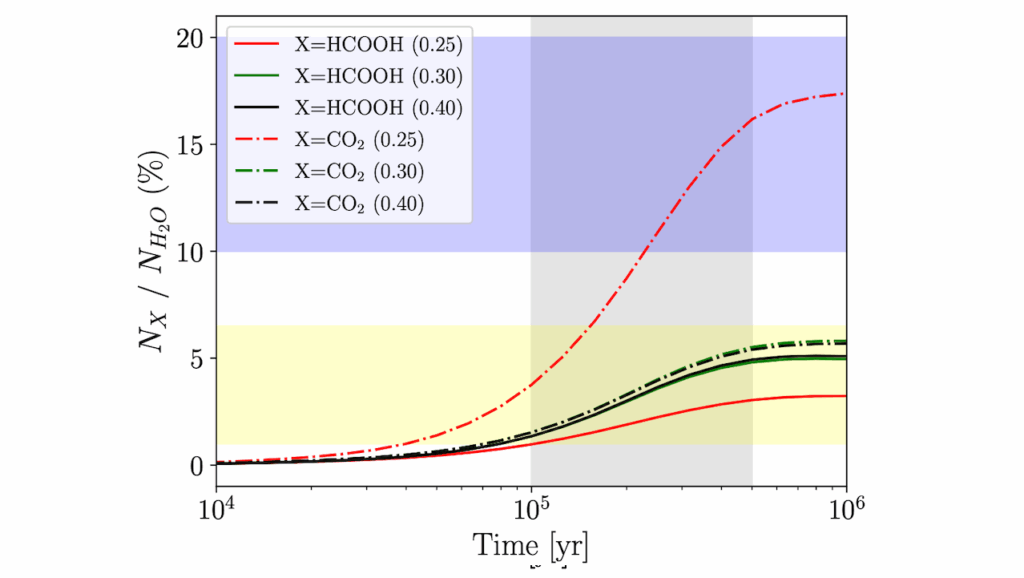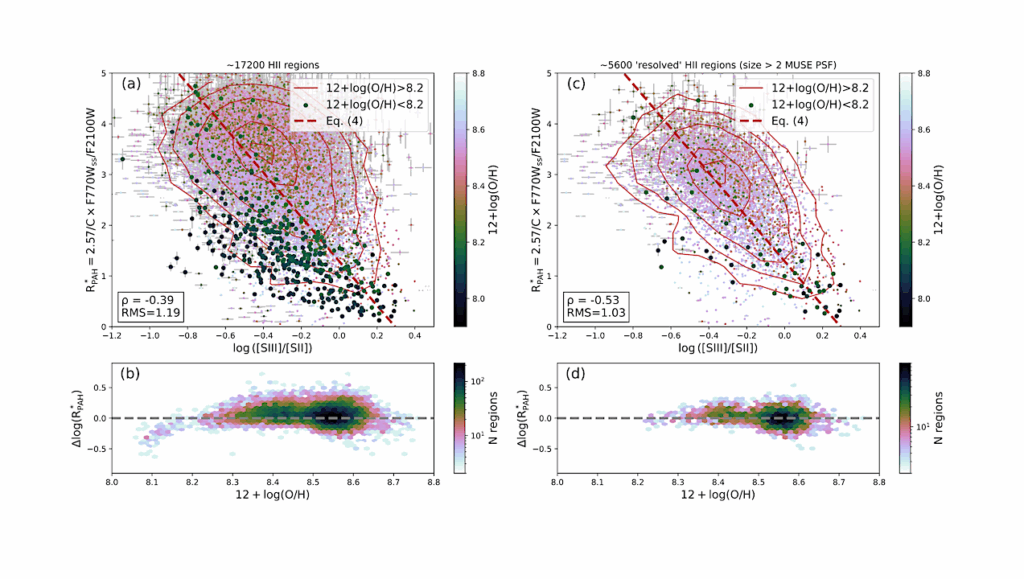Abundant Water From Primordial Supernovae At Cosmic Dawn

Primordial (or population III) supernovae were the first nucleosynthetic engines in the Universe, and they forged the heavy elements required for the later formation of planets and life. Water, in particular, is thought to be crucial to the cosmic origins of life as we understand it, and recent models have shown that water can form in low-metallicity gas like that present at high redshifts.
Here we present numerical simulations that show that the first water in the Universe formed in population III core-collapse and pair-instability supernovae at redshifts z ≈ 20. The primary sites of water production in these remnants are dense molecular cloud cores, which in some cases were enriched with primordial water to mass fractions that were only a factor of a few below those in the Solar System today. These dense, dusty cores are also probable candidates for protoplanetary disk formation.
Besides revealing that a primary ingredient for life was already in place in the Universe 100–200 Myr after the Big Bang, our simulations show that water was probably a key constituent of the first galaxies.
Abundant Water From Primordial Supernovae At Cosmic Dawn, Nature (open access)
Astrobiology, Astrochemistry,








